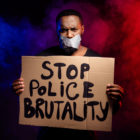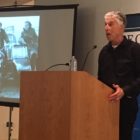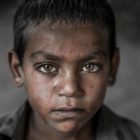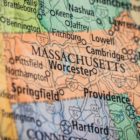
Opinion: Police Shooting Statistics Of Unarmed Suspects Show The Young More Likely To Be Killed
|
Even when suspects are unarmed and not attacking anyone, officers are more likely to shoot Black, Native and Latinx people than white people — a grim reality receiving increasing attention. However, police also are much more likely to shoot unarmed, nonattacking young people than older people — a fact receiving little attention.
That’s the conclusion that emerges from our analysis of the Washington Post’s tabulation, considered the country’s most complete, of shootings of Americans by law enforcement officers in the six-year period from Jan. 1, 2015, through Jan. 13, 2021.
Our analysis of these tragic numbers confirms well-known findings that police are two to three times more likely to shoot Native and Black suspects. They are also 20% more likely to shoot Latinx suspects than white suspects.








